Results
Results from 2010
Pfankuch stability index
Six sites – Utakura, Ngunguru, Awanui 2, Waiotu, Mangere and Wairua – could not be waded due to depth. These sites do not have bottom data and it was therefore not possible to calculate a stability score for these sites in 2010.
Of the 29 remaining sites assessed, no sites had excellent stability; 13 sites had good stability, 14 sites had fair stability and two sites had poor stability as per Figure 2 below.

Figure 2: Pfankuch stability index distribution 2010
Figure 3 shows the total Pfankuch stability score, broken down into bottom, lower bank and upper bank scores, for all sites assessed in 2010. Sites are ranked from lowest score (most stable habitat) to highest score (least stable habitat).
The three most stable sites in 2010 were Kaihu (43), Waipoua (47) and Hatea (50). The two least stable sites were Waitangi 1 (128) and Paparoa (122).
Habitat quality
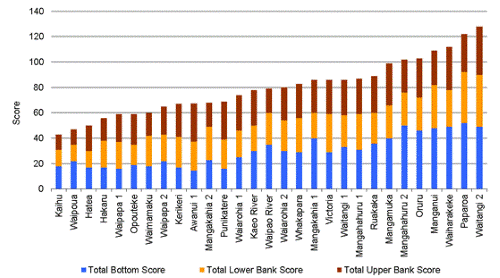
Figure 3: Pfankuch stability index scores 2010
Of the 35 sites assessed in 2010, four had poor habitat quality, 16 sites had a marginal habitat, 15 sites had a sub-optimal habitat and none had an optimal habitat as shown in Figure 4.

Figure 4: Habitat quality distribution 2010
Figure 5 shows total habitat quality scores, broken down into component parts, for all sites assessed in 2010. Sites are ranked from lowest score (poorest habitat) to highest score (best habitat).
The two sites with best habitat quality in 2010 were Mangahahuru 1 (99) and Waipapa 2 (91.5). The two sites with the poorest habitat quality were Kaeo (20) and Paparoa (27).
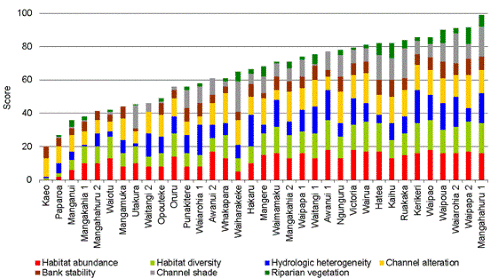
Figure 5: Habitat quality scores 2010
Site data summary 2010
Data collected in 2010 from 35 sites monitored indicated that:
· 20 sites were open to livestock access
· 18 had over 50% bank stability
· 17 had under 50% bank stability
· Five out of 29 sites had a soft bottom sediment
· 13 out of 29 sites had a hard bottom; and
· 11 had a mixed bottom sediment
Of the 15 sites with a sub-optimal habitat quality grade, seven had good stability and six had fair stability – no index was calculated for two sites (Ngunguru and Wairua) because they were not wadeable.
Of the 16 sites with a marginal habitat quality grade, six had good stability, five had fair stability and one had poor stability. Of the four sites with a poor habitat quality grade, three had a fair stability and one had poor stability.
Results from 2012
In 2012 all 35 sites were assessed for their habitat quality and stability.
Pfankuch stability index
Of the 35 sites assessed, three sites had excellent stability; 14 sites had good stability, 16 sites had fair stability and two sites had poor stability as per Figure 6 below.
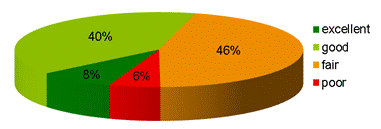
Figure 6: Pfankuch stability index distribution 2012
Figure 7 shows the total Pfankuch stability score, broken down into bottom, lower bank and upper bank scores, for all sites assessed in 2012. Sites are ranked from lowest score (most stable habitat) to highest score (least stable habitat).
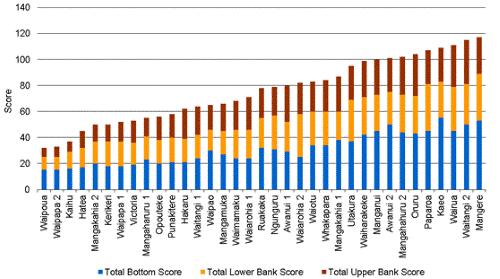
Figure 7: Pfankuch stability index scores 2012
The three most stable sites in 2012 were Waipoua (32), Waipapa 2 (33) and Kaihu (37). In comparison, the three most stable sites in 2010 were Kaihu (43), Waipoua (47) and Hatea (50). Waipapa 2 was the eighth most stable site in 2010 with a score of 65 suggesting it has become more stable over the past two years. Kaihu was the third most stable site in 2012 with a score of 37 and also appears more stable in 2012. The Hatea River was the fourth most stable site in 2012 with a score of 45. It is worth noting that in the summer of 2010 Northland received less rainfall than in 2012, so it is likely the improvements in stability were a result of differences in surveyor's judgement, rather than any real change in stability.
The three least stable sites in 2012 were Mangere (117), Waitangi 2 (115) and Wairua (111). In comparison, the three least stable sites in 2010 were Waitangi 2 (128), Paparoa (122) and Waiharakeke (112). Wairua and Mangere could not be graded in 2010 and so a comparison between years cannot be made. Paparoa was the fifth least stable site in 2012 with a score of 107 and Waiharakeke was the tenth least stable site in 2012 with a score of 99.
Habitat quality
Of the 35 sites assessed in 2012, three had poor habitat quality grade, 18 sites had a marginal habitat, 12 sites had a sub-optimal habitat and two sites had an optimal habitat as shown in Figure 8.

Figure 8: Habitat quality distribution 2012
Figure 9 shows total habitat quality scores, broken down into component parts, for all sites assessed in 2012. Sites are ranked from lowest score (poorest habitat) to highest score (best habitat).
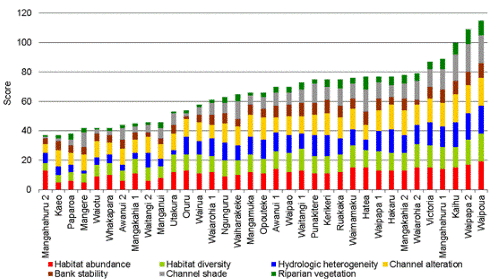
Figure 9: Habitat quality scores 2012
In 2012 the two best sites were Waipoua (115) and Waipapa 2 (109) with an optimal habitat quality grade. In 2010 the two best sites were Mangahahuru 1 (99) and Waipapa 2 (91.5) with a sub-optimal habitat quality grade. The habitat quality improvements at Waipoua and Waipapa 2 over the last two years (sub-optimal in 2010 to optimal in 2012), were probably driven by differences in surveyor's judgement rather than any real change in habitat quality. Mangahahuru 1 habitat quality remained sub-optimal although scores slightly dropped from 99 in 2010 to 89 in 2012.
The two poorest sites in 2012 were Mangahahuru 2 (37) and Kaeo (37) with a poor habitat quality grade. In 2010 the two poorest sites were Kaeo (20) and Paparoa (27) with a poor habitat quality grade. Habitat quality for the Kaeo site appeared to slightly improve although it remained in the same grade.
Mangahahuru 2 fell from marginal in 2010 to poor habitat in 2012. Paparoa showed a slight improvement and was graded second poorest in 2010 and third poorest in 2012.
Site data summary 2012
Data collected in 2012 from 35 sites monitored indicated that:
· 16 sites were open to livestock access
· 30 had over 50% bank stability
· five had under 50% bank stability
· 10 out of 35 sites had a soft bottom sediment
· 12 out of 35 sites had a hard bottom; and
· 13 had a mixed bottom sediment
A full summary of these results can be seen in Appendix 5: Site Data Summary 2012.
Both sites with an optimal habitat quality grade, i.e. Waipoua and Waipapa 2 had an excellent stability. Also, of the 12 sites with a sub-optimal habitat quality grade, one had excellent stability, nine had good stability and two had fair stability.
This indicates that in general, sites with good habitat quality tend to be more stable.
Of the 18 sites with a marginal habitat quality grade, five had good stability, 11 had fair stability and two had poor stability. All three sites with poor habitat quality, i.e. Mangahahuru 2, Kaeo and Paparoa had fair stability.
This indicates that in general, sites with poorer habitat quality tend to be those that are less stable.
All results are summarised in Appendix 2: Raw Habitat data.
